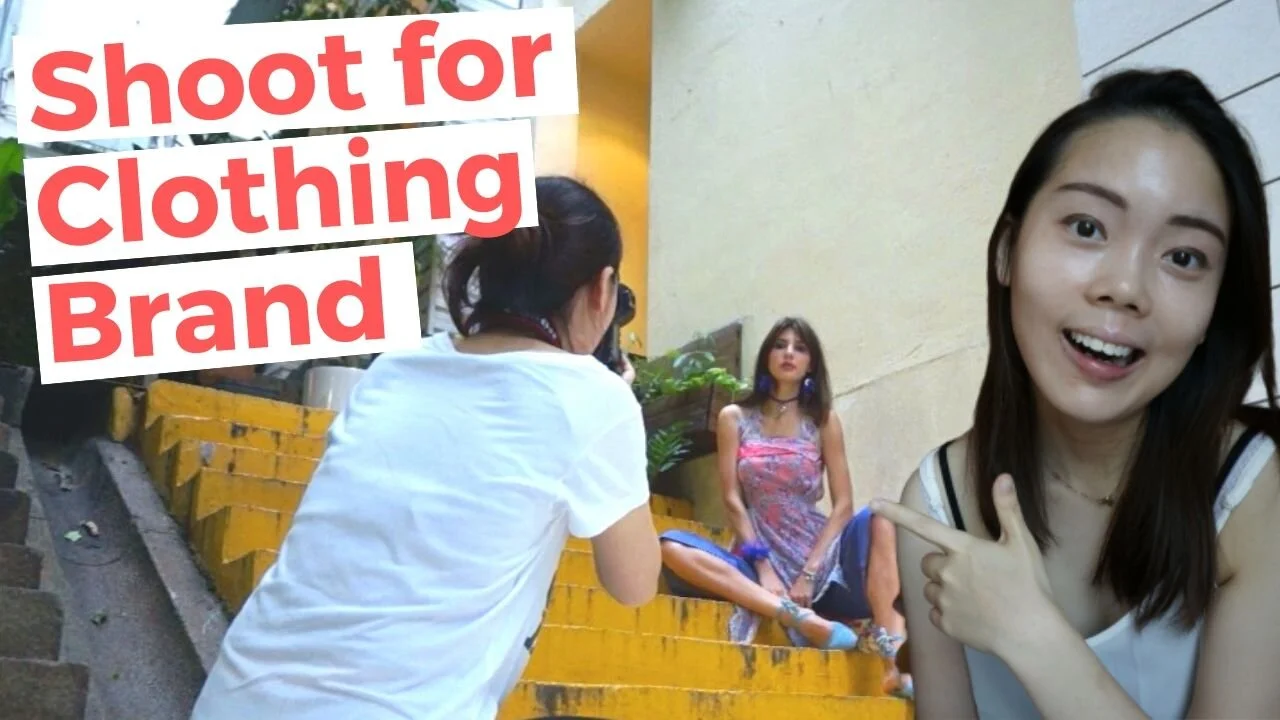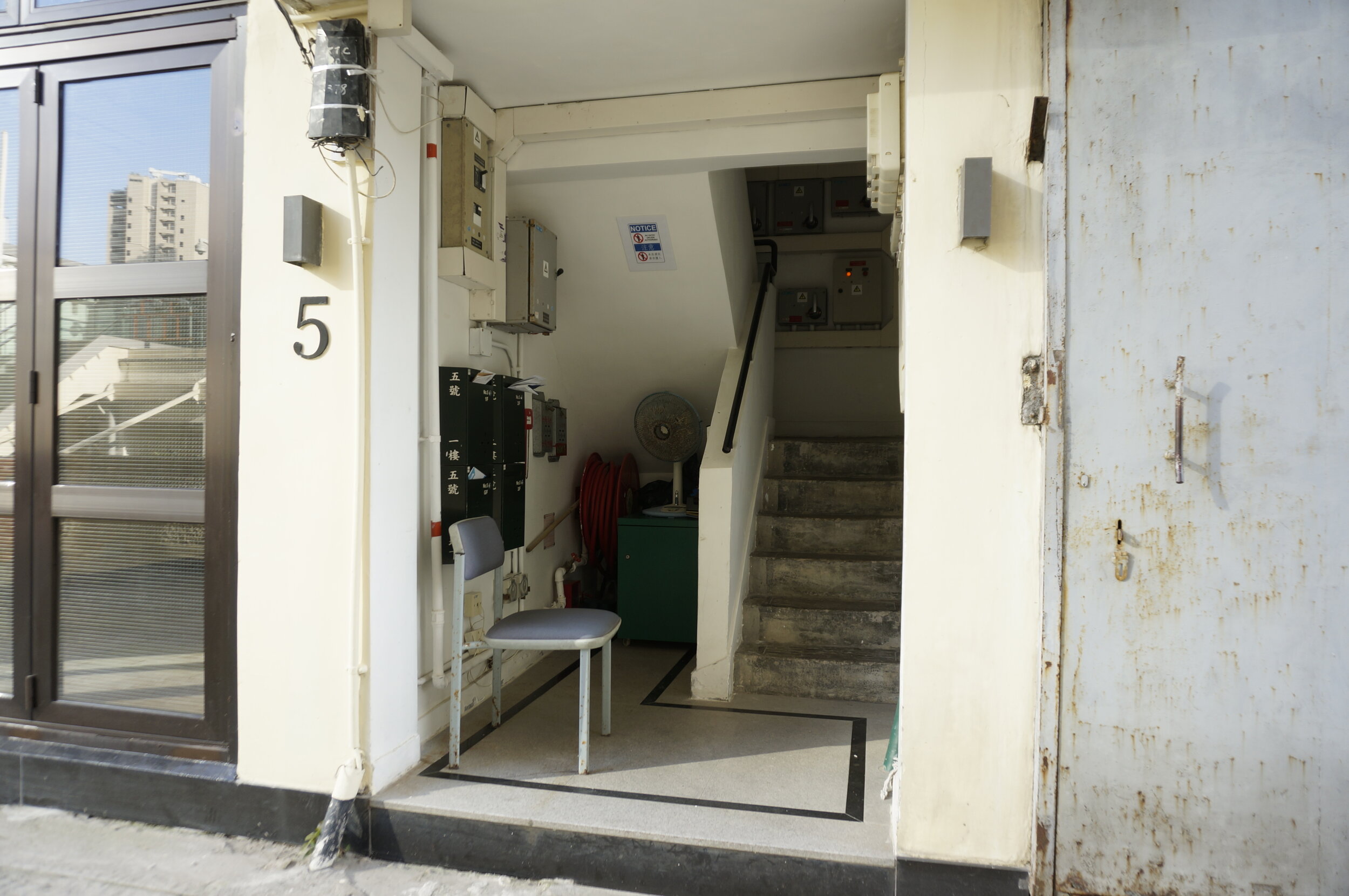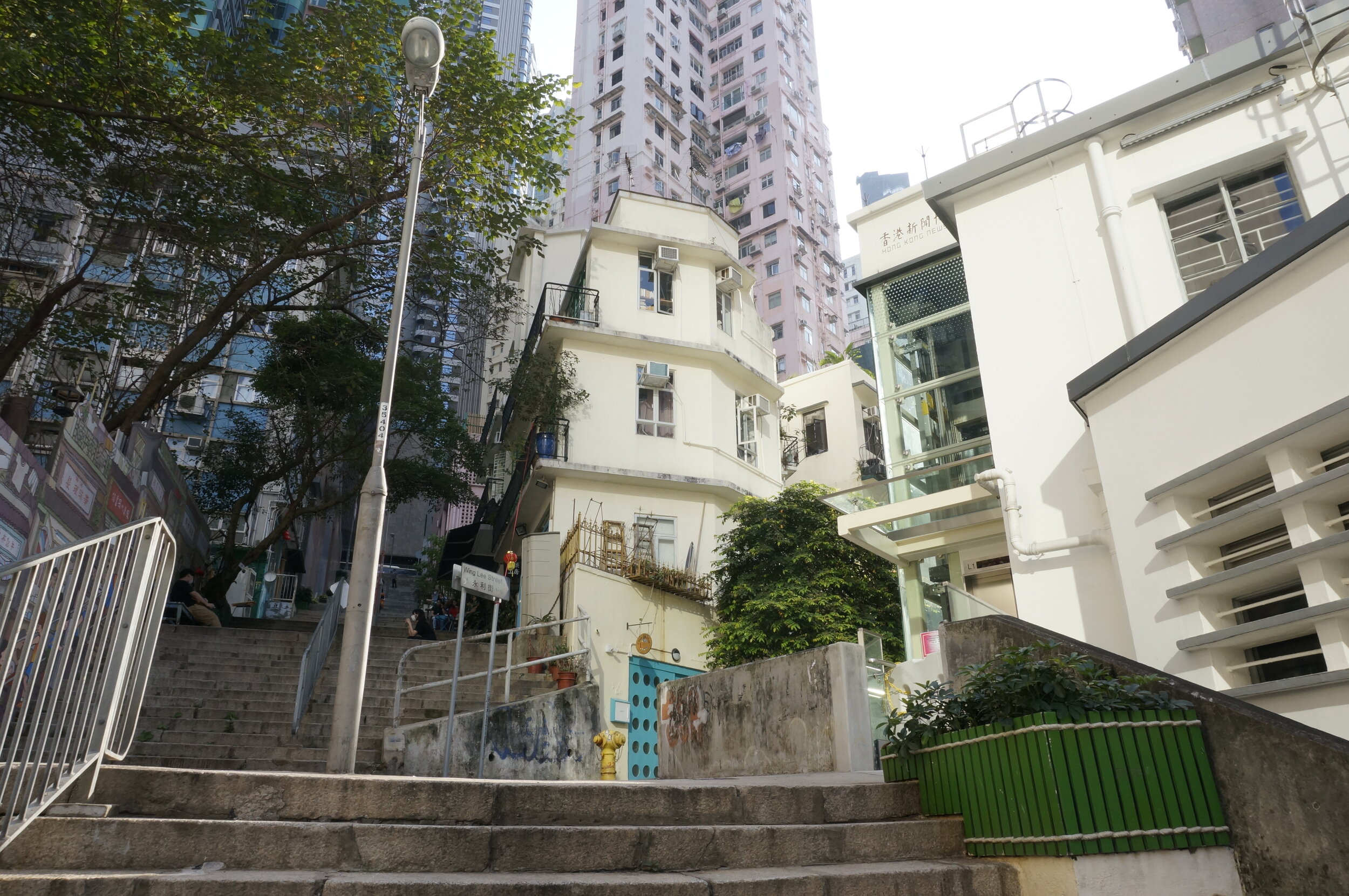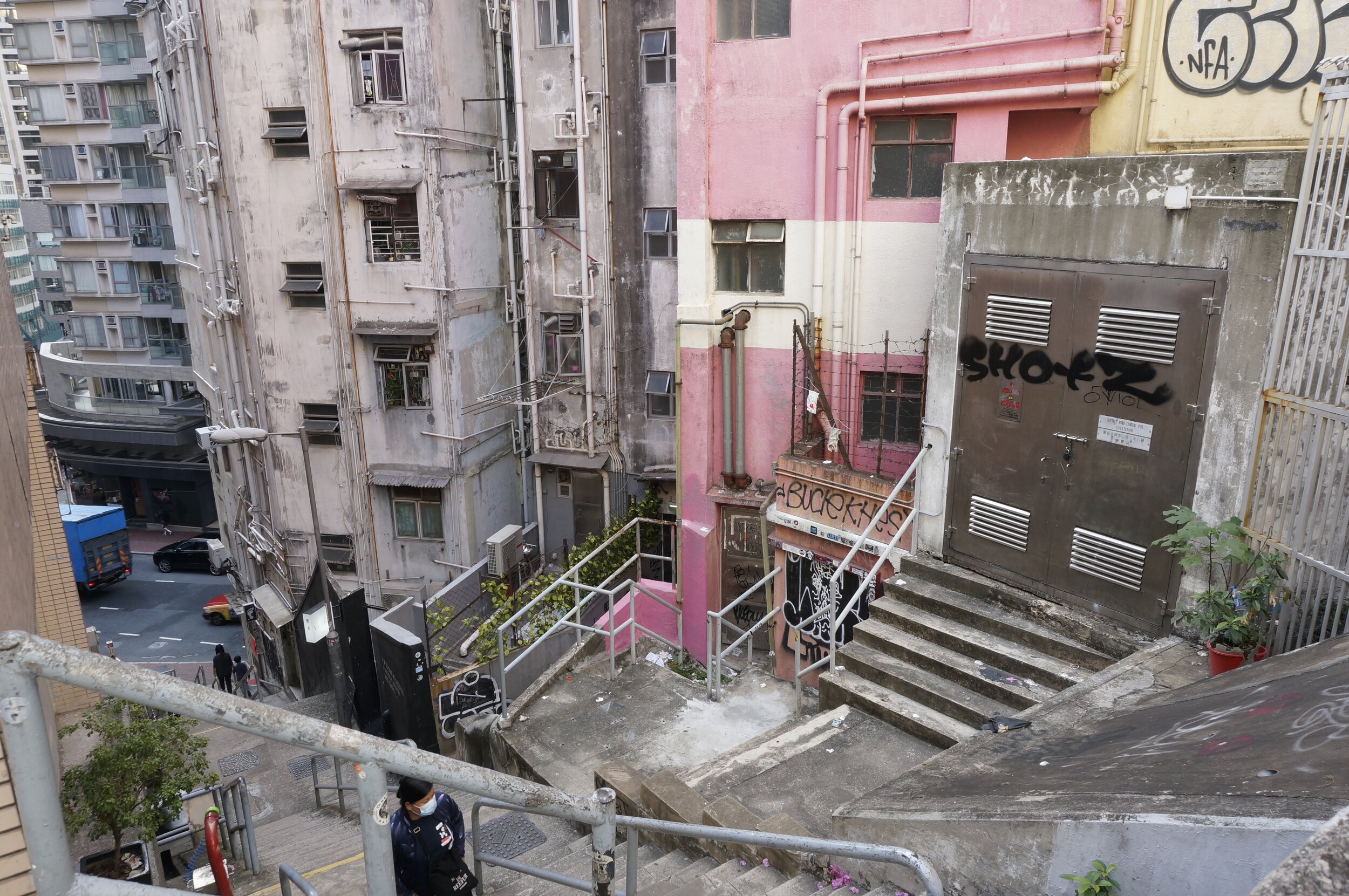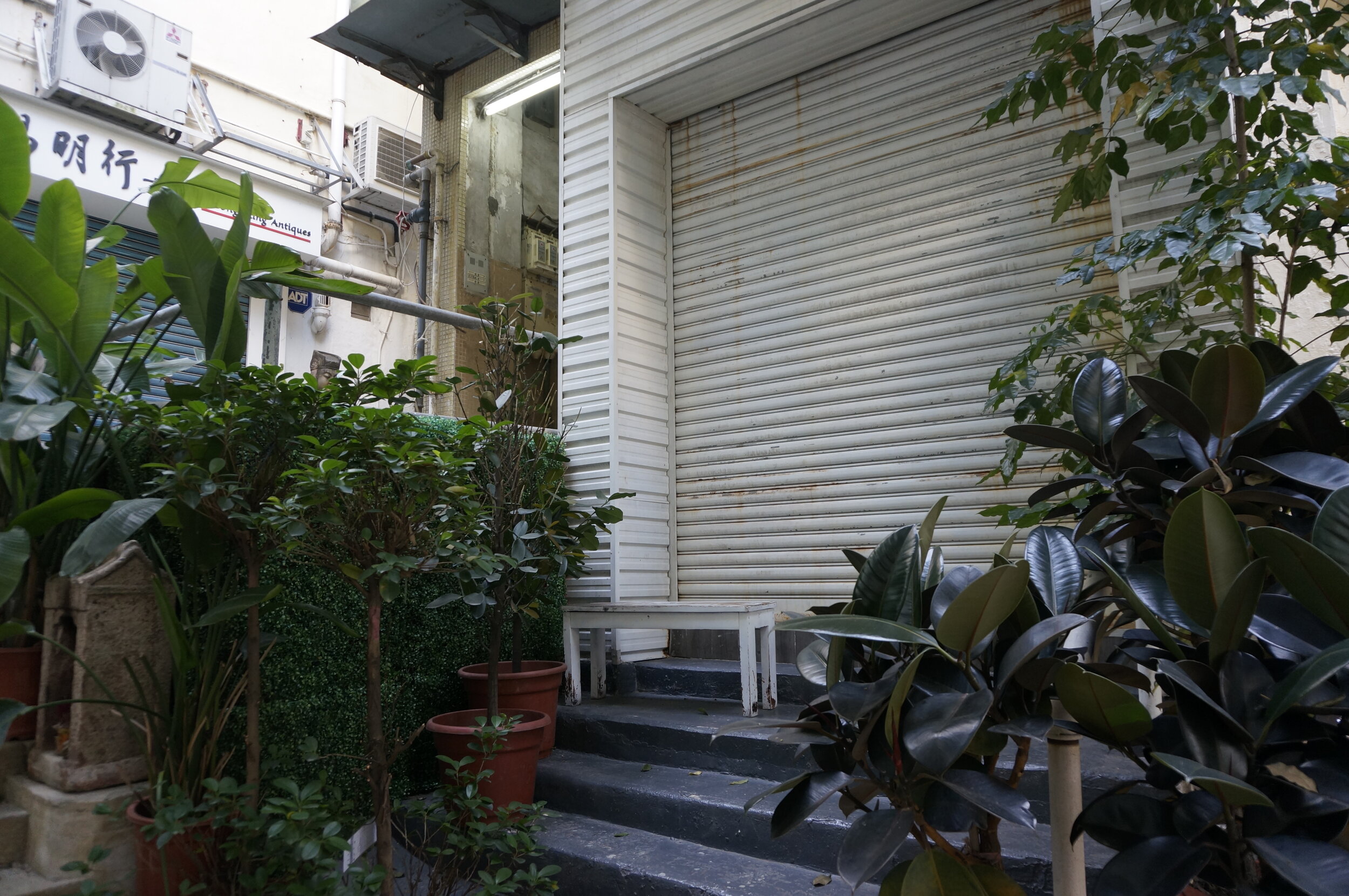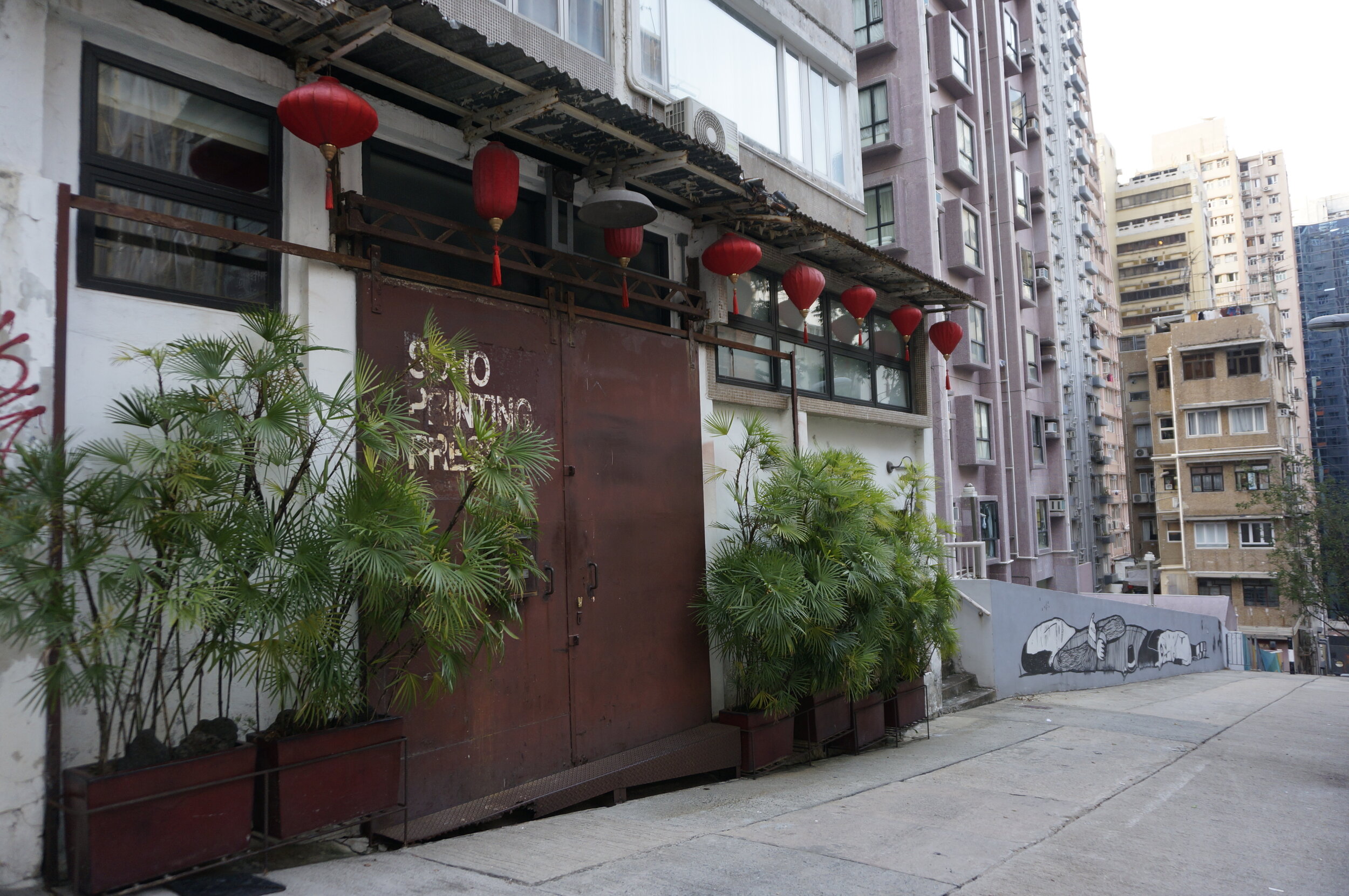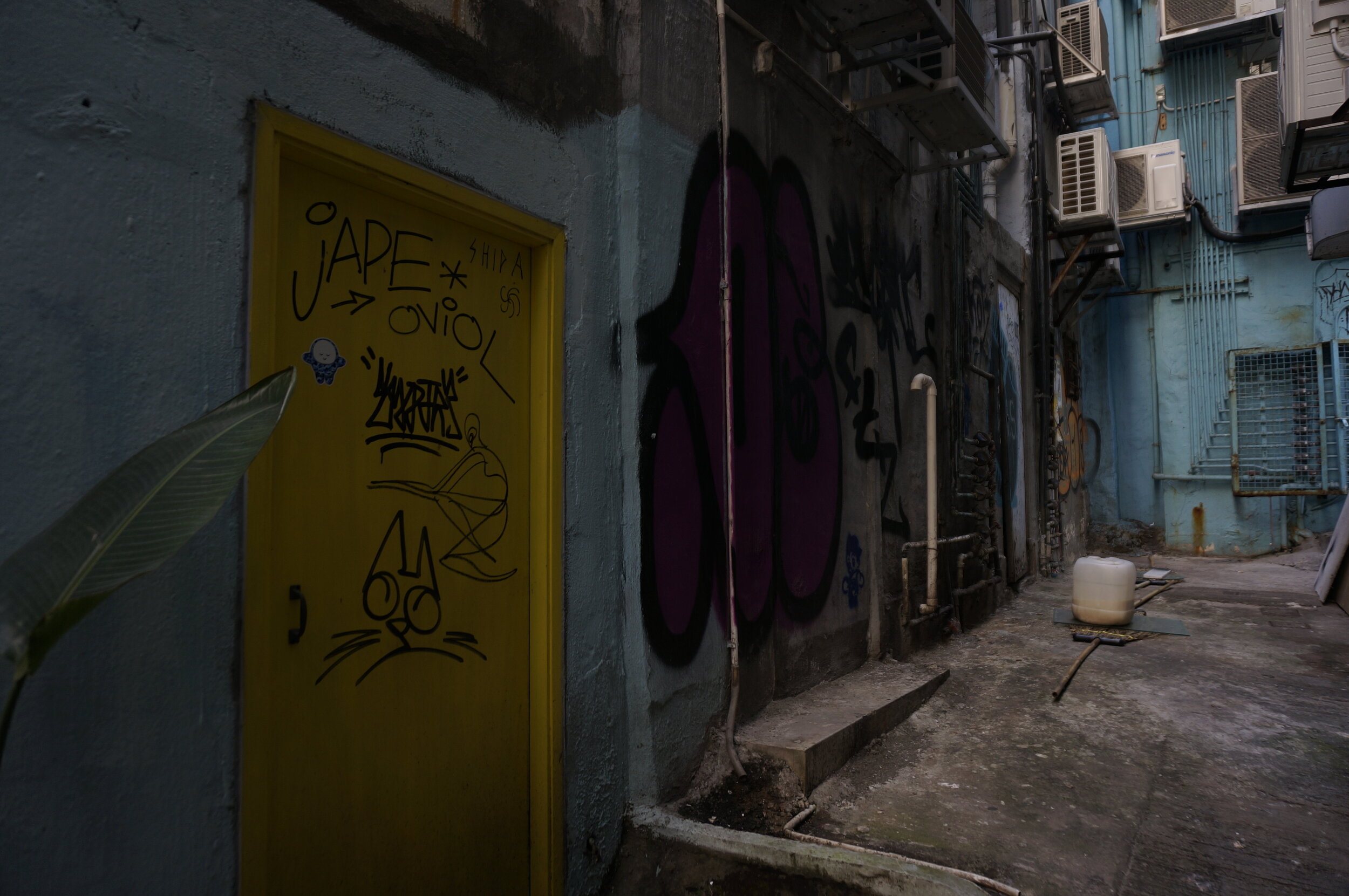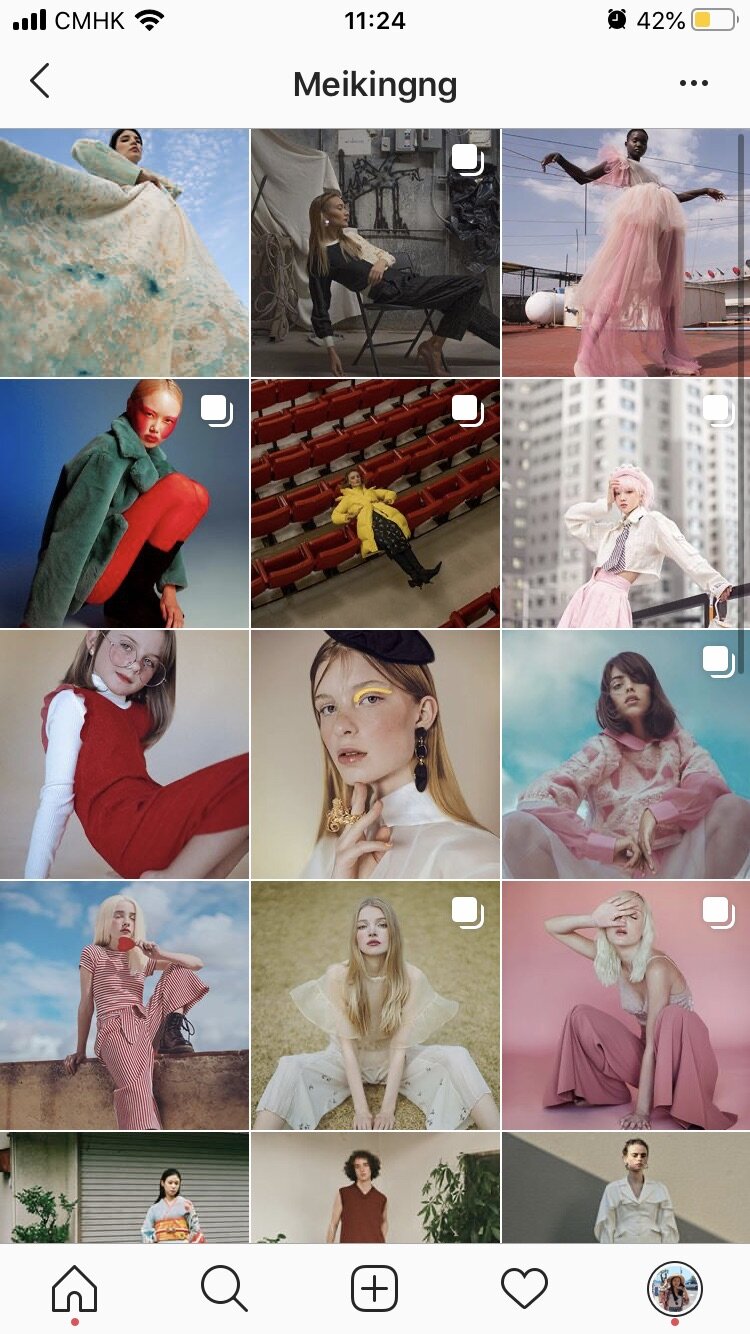If you are researching about how to collaborate with brands, you are probably considering going pro with your photography.
Congratulations! You have worked out a vital next step, which is reaching out to brands as a photographer.
In this guide, you will learn essentially every single thing I learnt from the school of hard knocks in setting up collaboration shoots with brands.
This is going to be a long guide. But give me your full attention. Because it will be worth it. I guarantee that no other person in this industry will unpack everything in such honesty and granularity.
To make things as concrete as possible for you, I will demonstrate each of the following steps with a recent collaboration I did with Hong Kong based fashion designer, Meiking Ng.
Briefly, here is a step-by-step breakdown of how to start your collabs:
Prospect potential collaborators (Google, Instagram Explore, Industry-specific Organisations etc.)
Send tailored cold messages on Instagram
Streamline ideal collaborator avatar
Build an Inspiration Library
Decide on your scope of work
Build a crew (Instagram DM, Modelling Agencies)
Location Scout
Pre-shoot communication with crew
Because I am covering everything in such level of detail, this article has to be broken down into two parts.
Part I - preparation work up till the point a brand agrees to collaborate (Steps 1-4)
Part II - preparation work for the collaboration shoot after the brand agrees (Steps 5-10)
If you haven’t read part I, I highly recommend you do here.
If you find this helpful, SUBSCRIBE to my channel via the box on the left to make the most out of my blog! Also, do share it with people who might be interested. Shoot me an email/ DM to share your thoughts too!
Also, Pin this article to your Photography Business/ Inspiration boards in Pinterest if you find it helpful!
Watch a visual demonstration of the actual fashion shoot here on my Youtube Channel:
Decide on your Scope of Work
What does that involve?
In a general sense, this means scoping out what you are shooting for the brand. Here are a number of things to ascertain regarding the items for the shoot.
Amount: apparently you need an idea of how many products you are shooting.
Sets: not as applicable where shooting single products. But where a combination of products are involved, notably fashion, communicate with the brand about the items within each set.
Styling: for certain types of products, you might need extra styling materials. One common genre of products that involve styling is food. Talk to the brand about what type of styling are you going for.
Logistics: sometimes the brand might not be able to send a representative to the actual shooting. So you have to sort out how you are going to obtain those items for the shoot.
Delivery: some brands might want a rough idea of how long it is going to take you to share the photos with them, and how many of them.
In my case, working with Meiking Ng, I simply shared the brand’s Instagram photos into the DM and that was an effective way to tell my partner what exactly I am shooting for.
I ended up picking these three looks for the shoot, and Meiking Ng agreed to provide all the accessories and shoes that come together with the looks.
Why talk about this?
Even though there is no money involved in photography, collaboration is still business and in business, you want to be as clear as possible with the people you work with.
This sets expectations straight for both you and the brand. The reason for doing a collaboration shoot is to make a good impression and show what you can do for the brand, so that you get yourself hired for your creative direction and skill in the future.
The best way to ruin the experience for the brand though, is to have mismatched expectations. You should always be in the situation to over-deliver, not under-deliver.
Don’t promise to deliver something you cannot. Nothing ruins your reputation faster than this.
An extension of this point is that there can be hidden costs. If you don’t talk about it before the shoot, you are probably the one who will have to bear those costs because you reached out to the brand.
For instance, you might need props for a fashion shoot or utensils for food photography. Who pays for that? The model sat on the floor at a location and the clothes need to be washed. Who takes care of that?
This type of issues have no right or wrong. Reason doesn’t tell you who should be in charge of these. The only way to be sure is to clearly communicate the division of work before you do the actual shoot.
There are also other industry-specific reasons why you want to clearly scope out the work. In my case, as a fashion photographer who submits work to magazines, they have a requirement to submit photos featuring at least 3 looks.
So if I want to be able to do this using photos from the shoot, I will have to tell the brand that I need 3 sets of outfits.
How to set up a clear scope of work?
Ask directly.
As basic as these two words sound, it takes immense courage and practice to actually be able to do that.
Photographers and creatives in general, especially budding creatives, are not used to talk business.
But the reality is that you are a business the moment you decided to start working with brands. So recognise that it is normal to feel the apprehension of confronting people, but also acknowledge that it is something you must work on.
Once you took the leap of faith and start asking questions and being assertive about your boundaries, you will realise that people are actually fine with that.
In fact, those who respect your rights are the type of brands you want to work with.
Bonus #3: Ask the brand what photos they need
When I first started out, I found it hard to know what I want to borrow from the brand.
Some brands expect that since you reached out to them, you already know fully what you want from them, and what you can do for them.
They are probably busy with their own campaigns too, so while they are open with collaborating with you, they might just tell you to feel free to borrow some items for the shoot.
If you are at lost of what to borrow, because you are not sure how to style the items, ask them what photos they need.
Not only does this give you more ideas on what to work on, but it also means that you are providing better value.
Because you are not just taking what you want to take. You are producing photos that they actually need.
Form a Crew
What is in a crew?
Again, this depends on the products you are shooting. If you can handle the shoot all by yourself, then good for you.
But for some genres of photography, the photographer probably requires some assistance from fellow creatives.
Food - you need a food stylist to place the food and the accessories
Fashion - you need a makeup artist, a model and probably a hair stylist
Product - in some cases you need a model holding/ wearing/ using the product
In a more general sense, you might also need an assistance to help you with lighting and carrying stuff around.
Why form a crew?
From a practical standpoint, you can do everything yourself if you are given all the time in the world.
But in reality, photography jobs always have a tight time constraint. As a photographer, you already have enough things to think about.
You already have to think about how to deploy your lights, your camera settings, finding the best angle etc. Add the makeup and styling to the mix, and it will take you ages to accomplish the same things vs if you put together a crew.
Plus, everyone specialises in the thing they are the best at. Getting experts in each field to work collectively will yield the best results for your shoot.
It is also a good chance to meet more people in the creative world, and bounce ideas off each other as well.
How to form a crew?
I personally use a few methods of putting together a team and these should apply to you too.
Model - email a model agency, probably a smaller one, and ask if they have available new faces for a test shoot with the brand
Makeup/ hair - find their profiles on IG and if their styles are a good match, DM them
After every person is confirmed for their availability on the date of the shoot, put them together into an Instagram chat group.
Have everyone say hello to each other, and get them to say their thoughts on artistic directions before the shoot.
Location Scout
What is a location scout?
A location scout is a trip that you take before the actual shoot, to the place where you are planning to hold the shoot at.
You go there with an initial idea in mind about what the overall aesthetics will look like for your shoot. And then based on that initial understanding, you walk around that area and find interesting spots to photograph.
Also, some types of shoots might require you to scout out where the model can get changed, or where is the light best at, where is relatively less crowded etc.
You might want to read my earlier article “Help Clients Find the Best Street Portrait Locations in Hong Kong”, where I break down my thought process during a portrait photography location scout.
Learn more about the nuances of the proper way of doing a location scout through this video demonstration.
Why do a location scout?
No matter how good your memory is, you most likely cannot remember exactly what a location looks like.
You might have a vague idea of how that place looks but a vague idea is going betray you in the actual shoot if that’s all you rely on.
I learnt this lesson after meeting up with a model at a location I thought would be great, and then realising that the background was too chaotic.
Luckily, I could think of another location nearby because I knew that area well. But so much is at stake in a collaboration, especially your own reputation, that it is a huge risk to make important decisions on the fly.
Scouting out the location also speeds things up for you on the day of the actual shoot.
If you take into account time spent on ice-breaking, settling down between locations, doing makeup on model (if applicable), getting changed, setting up lights etc, the time available for you to actually click photos are probably one fifth of what you think you have.
Plus, there are better things you should be focusing on during the shoot. Directing the model’s expressions and poses, paying attention to messy hair and creases on clothes etc means that you really are stretching yourself too much if you also have to sort out the location at the same time.
Not only does this do yourself a favour by being more prepared, but it also allows you to share your vision with your crew prior to the shoot, to help everyone stay on the same page.
Also, sometimes you discover something you didn’t previously know exist on a location scout. This is a good way to add variety in your work, by including more locations in the same shoot.
How to do a location scout?
Let me exemplify my location scout with Meiking Ng’s shoot in Soho, Hong Kong.
The starting point is always the product you are given. In my case, it was a set of flowery garments with mainly red and blue colours.
Based on this bit of information, my inspiration was to go for a location with some greenery and contrasting colours.
I thought of a quiet area in Soho and took a trip there with an old camera. Identifying the general area requires you to be aware of your surroundings during your every day life. This is arguably one of the most important job of a photographer.
I had in mind the colours in the outfits that I am shooting, and the colour scheme that I wanted to go for.
Along the way I would take snaps of interesting settings that I see. Not all of these snaps end up being actual shoot locations because situations always change.
It is advisable to have more locations prepared than what you absolutely need. So in my case I only needed 3, but I scouted out 6. In case any of those don’t work out, I still have some other nearby spots that I can use.
I wrote more extensively regarding what to pay attention to in this article “Help Clients Find the Best Street Portrait Locations in Hong Kong”, so here is just a summary.
Color - find backgrounds that has a colour scheme you wanted, based on the products you are shooting
Human traffic - find a quite place to do the shoot
Story telling - find a place that has the elements to enhance the presentation of the product
You can even pick out exactly which wall to put your model/ item against, and at which vantage point are you going to take the photo.
Don’t feel obliged to stick to your plans on that day. But it doesn’t mean you don’t need a plan.
Pre-Shoot Communication with Crew
What do I need to cover?
It is very key that you have the entire crew on the same page.
Depending on the size of the crew, if there are only 3 of us, I would avoid excluding anyone from a conversation. Even when I am talking about makeup with my makeup artist, I want the model to know about it too. When I ask the stylist if the garments will fit the model’s measurements, I want to include the makeup artist in that discussion too.
Here are a few things that I generally go through before every shoot:
Meet-up location and time - as basic as this sounds, this is very important. If anyone on the team arrives late or have trouble finding the meet-up location, this will cause massive delays in the shoot schedule. You will need to send people to look for that missing person, or get the rest of the crew waiting before any real preparation can be done.
Makeup design (where applicable) - makeup is a school of art in itself that requires dedicated attention. Not only do you need to come up with the same concept, but the makeup required will be affected by the lighting you use. Stronger flashes might wash out some colour as the highlights blow out, or might cause shimmers on the face to create burnt reflections, just to name a few examples.
Agenda - in most cases, you will have a few products lined up to be shot. You will need the entire team to know what is happening and when, so that they know their places as the shoot progresses.
Moodboard - as I have previously mentioned, you created a moodboard for the brand. Now is time to show the board to the crew as well. This will help the model come up with poses, and assist the makeup artist in creating designs that facilitate the delivery of the mood you want to create.
This, for your reference, was the moodboard I created for this collaboration shoot with Meiking Ng.
I knew that the outfit was quite feminine in the sense that there were flowers and the colours were of the pastel scheme.
However, I felt that the outfit wasn’t meant to be flat-on feminine. They had a subtle roughness in them, especially those which came with trousers.
Therefore, I wanted to explore the fine line between femininity and masculinity, through having the model wear stereotypically ‘girly’ clothes, but make bold, brave poses.
I showed my amazing model Julia and in a snap of the finger, she got it.
Summary
Throughout this two-part series, a hell lot of information has been covered! In this article, we talked about how to:
Decide on your scope of work
Build a crew (Instagram DM, Modelling Agencies)
Location Scout
Pre-shoot communication with crew
If you haven’t already read Part I of this series, I highly recommend that you do in order to get a complete idea of all the work that goes into making a collaboration shoot possible.
More sharing coming soon!
SUBSCRIBE via the box on the left for more PRO tips, and follow me on Instagram (@_bjiao__) and let me know what you think in the comments!
Share this article on Pinterest too!
Keep shooting, keep creating!
The mission of this blog is to provide the best insider information in the photography industry, as openly as possible. You have direct access to my
first-person experience as an aspiring photographer who talks, but also works.
Honest opinion are rarely available as public resources because this is a competitive industry. Huge sums are made when such information is delivered in the form of mentorship and workshops.
This blog is a great way in which I cover my daily expenses, but also provide real value.
If you have learnt something that would be worth at least $10, please consider donating to the page. This enables me to keep creating content and helping more people sustainably.
Your continued support for the blog is appreciated!

